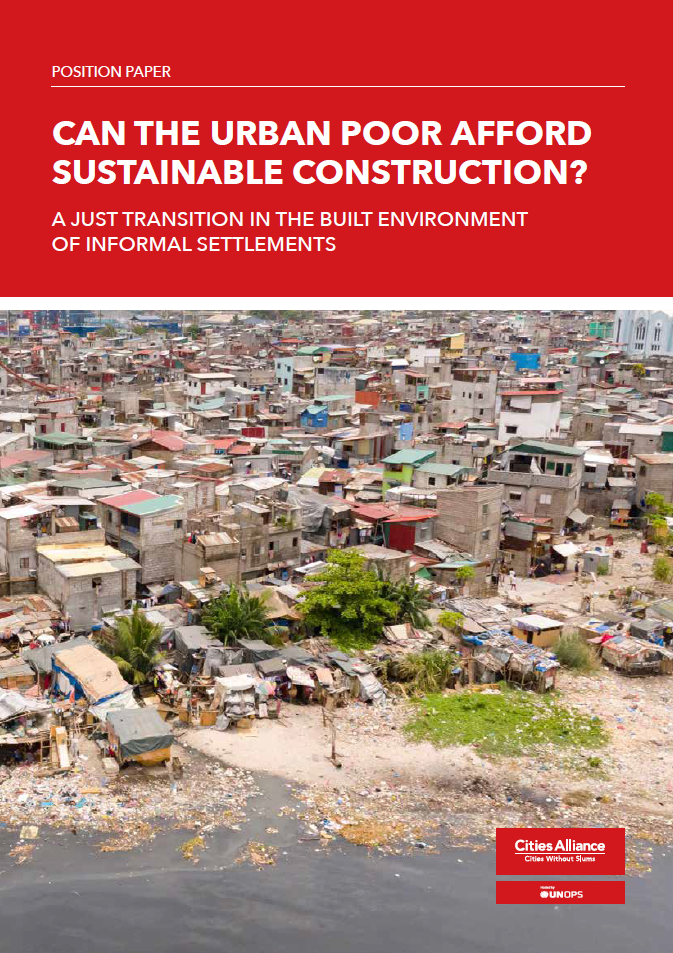- Who We Are
- How We Work
- Regional / Country Initiatives
- Legacy
- Core Themes
- Working Groups
- Portfolio & Results
- Newsroom
- Resources
The Urbanisation of Displaced People
Download The Urbanisation of Displaced People
Prepared by Jeff Crisp of the United Nations High Commissioner for Refugees (UNHCR) and Hilde Refstie formerly of the Cities Alliance, The Urbanisation of Displaced People examines the phenomenon of refugees and IDPs (Internally Displaced Persons) in urban areas in developing countries.
Conflict and wars contribute to rapid urbanisation as people flee the violence in their home areas and seek refuge in cities. Projections are that there may be over ten million refugees – and at least twice as IDPs in urban areas. A majority will most likely become permanent urban residents, and their presence need to be fully accounted for in urban planning, poverty reduction strategies, slum upgrading and other community development interventions.
A huge gap however, exists in approaches to addressing the challenges of urban displacement. Most studies do not consider the impacts of refuges/IDPs on settled populations as well as on municipal and national authorities. Little is known about the impact of displaced communities on the cost and availability of food, housing and jobs.
In an effort to address this gap in knowledge and policy response, Cities Alliance and UNHCR conducted a scoping study in 2010 on urban displacement with the objective of identifying the challenges in responding to forced displacement to urban areas.
The study focused on refugees and internally displaced persons living in, or who have returned or relocated to, urban environments in developing countries as a result of or after conflict-induced humanitarian crises.
Key findings of the study include:
- Establishment of residence in urban areas by significant numbers of displaced people from a different ethnic or sectarian group is potentially destabilising if not mitigated properly.
- Many of the poorly built urban environments in which most urban refugees/ IDPs live are in areas that are increasingly vulnerable to natural hazards, such as flood plains, coastal areas and on hillsides. However, disaster risk reduction strategies rarely consider displaced populations.
- The international legal protection available to urban IDPs is often significantly less than that for recognised refugees, although in theory IDPs are protected by their national laws.


